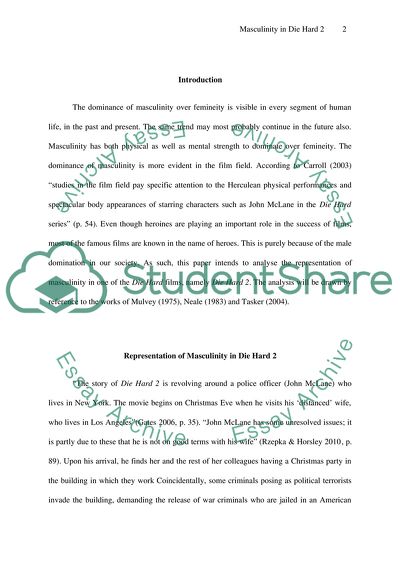Cite this document
(Representation of Masculinity in Die Hard 2 Essay - 3, n.d.)
Representation of Masculinity in Die Hard 2 Essay - 3. https://studentshare.org/visual-arts-film-studies/1781988-drawing-on-your-mulvey-and-neale-readings-as-well-as-taskers-discussion-analyse-the-representation-of-masculinity-in-one-of-the-die-hard-films
Representation of Masculinity in Die Hard 2 Essay - 3. https://studentshare.org/visual-arts-film-studies/1781988-drawing-on-your-mulvey-and-neale-readings-as-well-as-taskers-discussion-analyse-the-representation-of-masculinity-in-one-of-the-die-hard-films
(Representation of Masculinity in Die Hard 2 Essay - 3)
Representation of Masculinity in Die Hard 2 Essay - 3. https://studentshare.org/visual-arts-film-studies/1781988-drawing-on-your-mulvey-and-neale-readings-as-well-as-taskers-discussion-analyse-the-representation-of-masculinity-in-one-of-the-die-hard-films.
Representation of Masculinity in Die Hard 2 Essay - 3. https://studentshare.org/visual-arts-film-studies/1781988-drawing-on-your-mulvey-and-neale-readings-as-well-as-taskers-discussion-analyse-the-representation-of-masculinity-in-one-of-the-die-hard-films.
“Representation of Masculinity in Die Hard 2 Essay - 3”. https://studentshare.org/visual-arts-film-studies/1781988-drawing-on-your-mulvey-and-neale-readings-as-well-as-taskers-discussion-analyse-the-representation-of-masculinity-in-one-of-the-die-hard-films.


